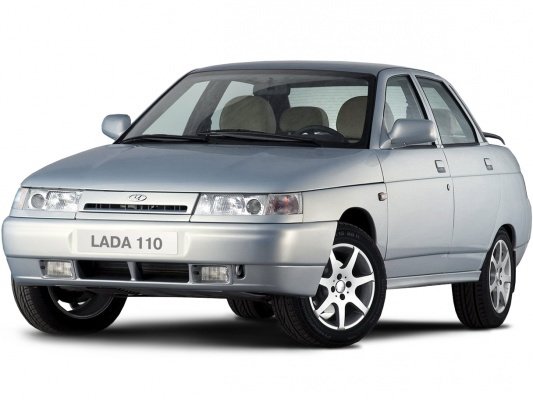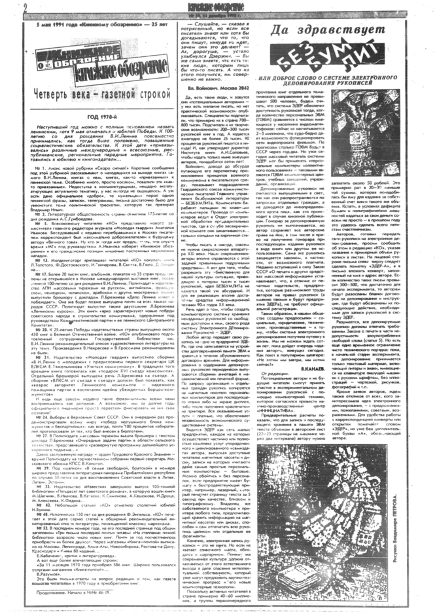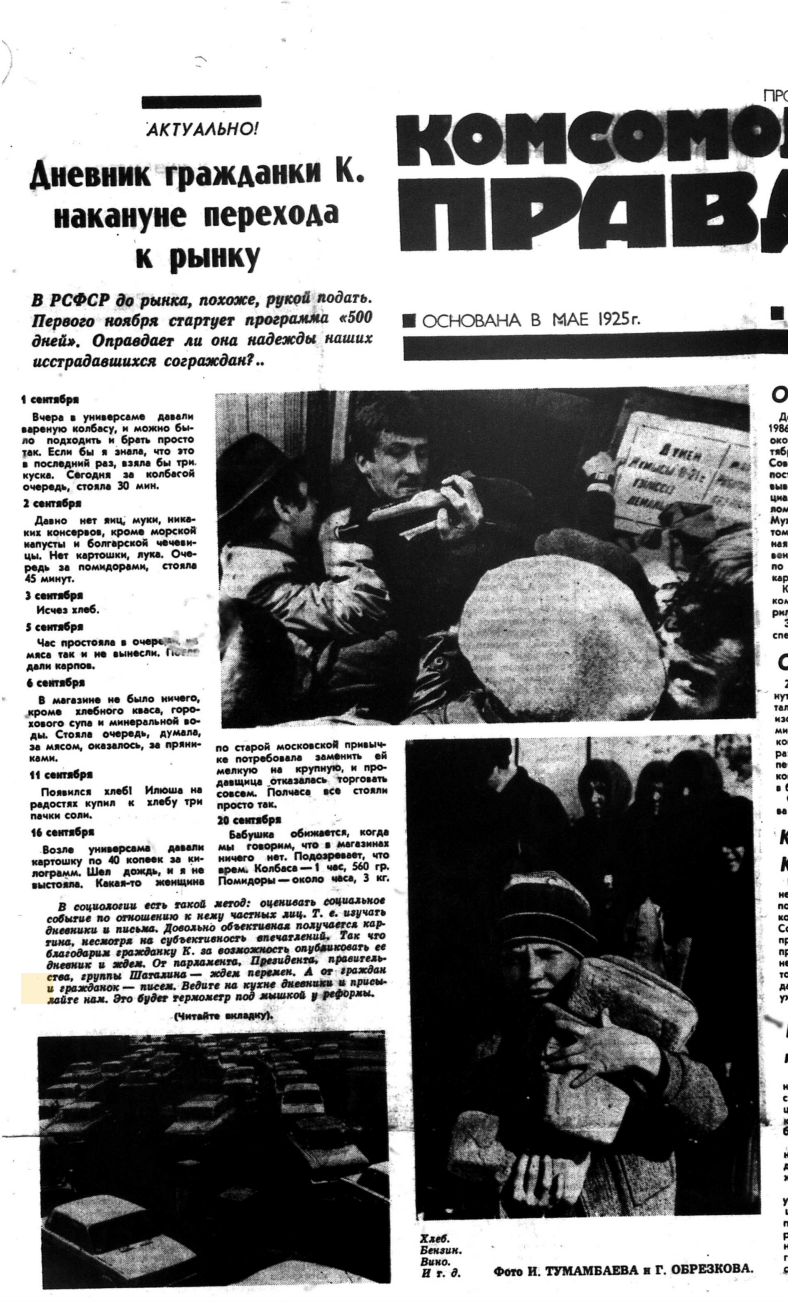Search Results
Search Terms
Results: Displaying Artifact 19 - 24 of 28 in total
Text Containing:
Events: Collapse Of The Ussr
Page: 4
Lada 110-series
The first post-Soviet Lada model, the VAZ-2110, appeared in 1995 and sold for between $5,000 and $8,000. Targeted at the emerging middle class, the car represented the manufacturer’s hope that Russian production and consumer power could come together to build a domestic market that would advance the economy beyond raw materials extraction and imported consumer goods.
Solzhenitsyn's Return
In 1994, Alexander Solzhenitsyn staged a theatrical return to Russia, flying from America to Magadan, then returning by train from Vladivostok to Moscow. The journey and the salvific importance Solzhenitsyn attached to it soon became the target of much derision, as well as some praise.
Kletchataia sumka, Chelnoki, and Ostap Bender
An entry in “Argumenty i fakty”'s occasional column "Ugolok O. Bendera [Ostap Bender’s Corner]," a reference to Il’f and Petrov’s trickster hero of the 1920s, gave advice to beginning "chelnoki," or small-trade merchants who would travel—some across international borders—to find cheap items and sell them at markups back home. The checkered bag became a symbol of these petty merchants and of the hand-to-mouth experience of living in the 1990s.
Long Live PaperLessLit
Soviet paper shortages, new computer technologies, and the lifting of censorship come together in an unexpected way in this proposal to preserve manuscripts of unpublished authors for posterity.
Piskunov’s “Kitchen Diary” in “Komsomolskaya pravda”
For almost a month in 1990, a student named S. Piskunov documented regional shortages in a "kitchen diary," responding to “Komsomol’skaia pravda”'s call for readers to track the impacts of Gorbachev's economic reforms on daily life.
Citizen K.'s "Kitchen Diary" in "Komsomolskaya Pravda"
This editorial call, published on 29 September 1990 in the daily “Komsomolskaya pravda” (1925-), asked readers to keep and submit "kitchen diaries" on shortages and price changes in their area as a way to track the progress (and deficiencies) of perestroika-era economic reforms.





